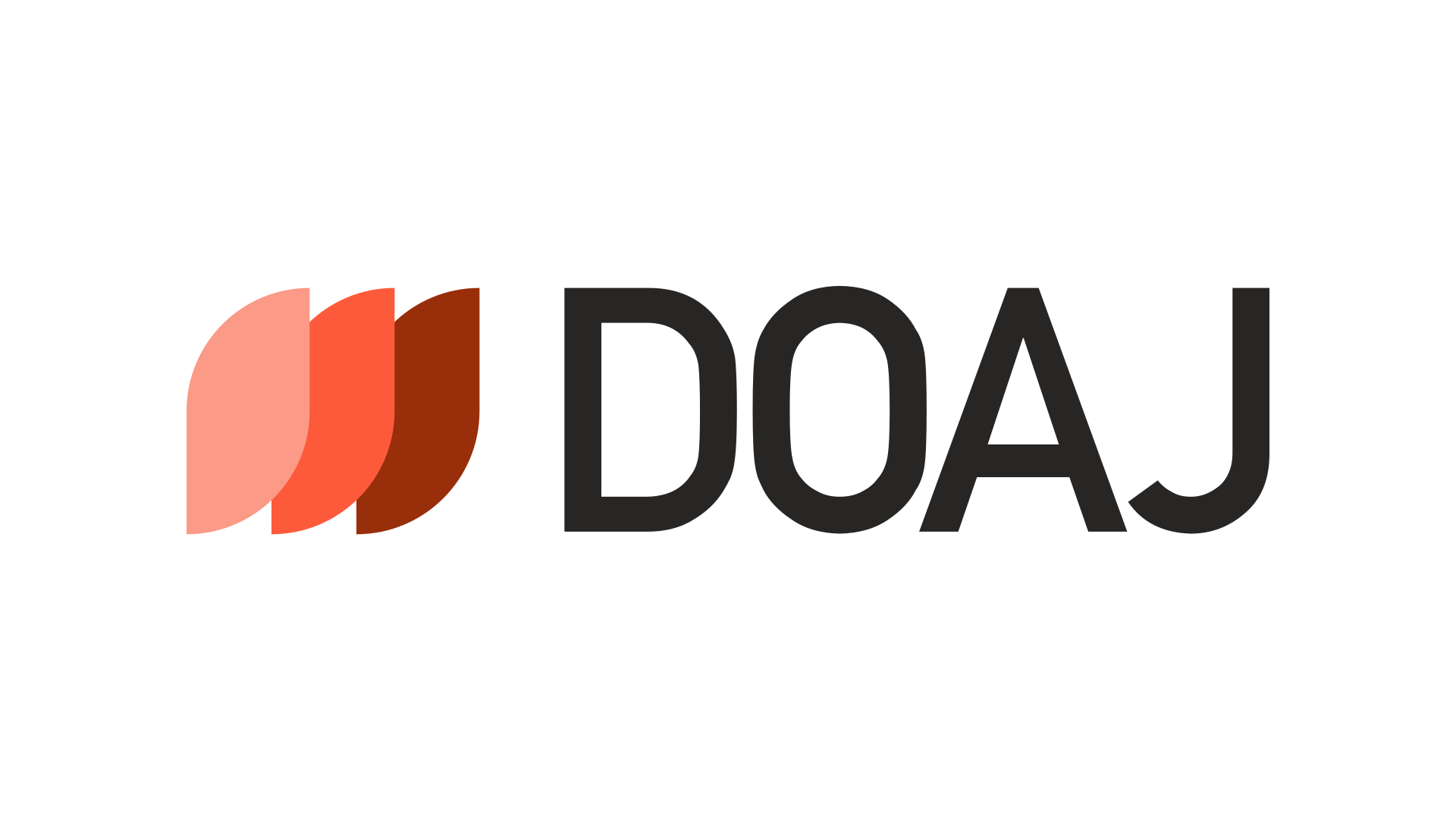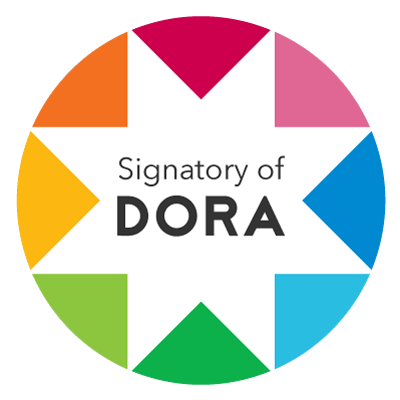Abstract
This article examines several current risk assessment and early warning models to predict genocide and mass atrocities. Risk assessment (RA) concerns a country’s long-term structural conditions (regime type, state-led discrimination, etc.) that determine overall risk for atrocities. Early warning (EW) focuses on short/midterm dynamics that can serve as triggers. The article evaluates contemporary RA and EW forecast modeling, and asks: How well can we predict mass atrocities and genocide? What are the strengths and limitations to current predictive modeling? Part I examines several quantitative (statistical) RA models and identifies several strengths and limitations in current research. Part II investigates a number of EW approaches, and also discusses their strengths and areas for further development. The article notes the impressive advances that have been made in the past fifteen years in RA and EW, but also counsels realistic expectations the possibilities of forecasting.
Acknowledgements
Special thanks to Isabelle Arradon, Andrew Basso, Emmanuel Bombande, Anna de Courcy Wheeler, Benjamin Goldsmith, Gillian Kitley, Christopher Mauriello, Adam Muller, Alessandra Necamp, Scott Straus, Christopher Tuckwood and Stephenie Young for their comments and discussions on these issues. Brittany Ebeling and Jennifer Flanagan provided valuable research assistance. Earlier versions of this paper were presented in 2014 at the Center for Holocaust and Genocide Studies at Salem State University and in 2015 at the International Association of Genocide Scholars conference in Yerevan, Armenia.
DOI
http://dx.doi.org/10.5038/1911-9933.9.3.1314
Recommended Citation
Verdeja, Ernesto
(2016)
"Predicting Genocide and Mass Atrocities,"
Genocide Studies and Prevention: An International Journal:
Vol. 9:
Iss.
3:
13-32.
DOI:
http://dx.doi.org/10.5038/1911-9933.9.3.1314
Available at: https://digitalcommons.usf.edu/gsp/vol9/iss3/5
Included in
Comparative Politics Commons, International and Area Studies Commons, International Relations Commons, Models and Methods Commons, Political Theory Commons, Politics and Social Change Commons, Public Affairs, Public Policy and Public Administration Commons, Quantitative, Qualitative, Comparative, and Historical Methodologies Commons



